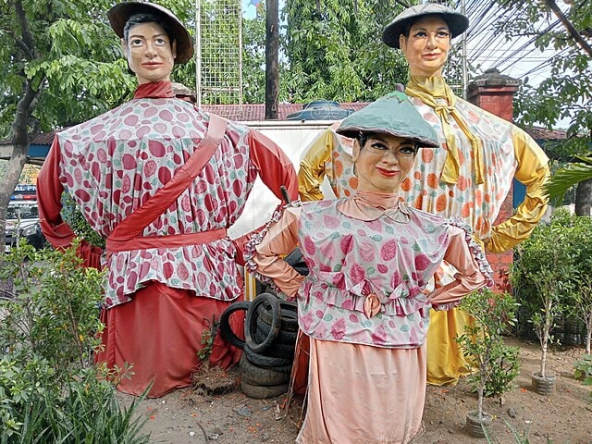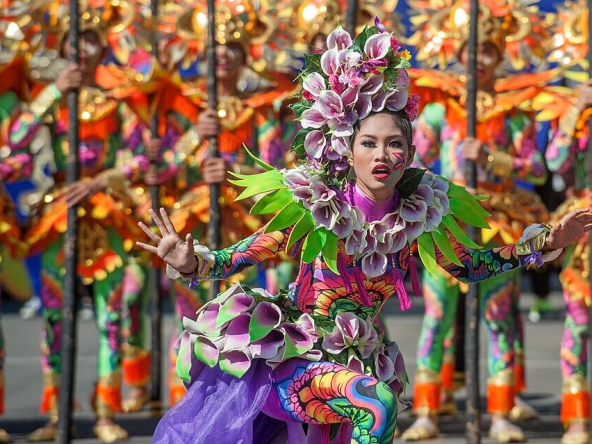
Image source: Freepik
The History Behind National Flag Day
Celebrated annually from May 28 to June 12, the National Flag Day commemorates the first time the Philippine flag was unfurled in battle. This iconic moment occurred on May 28, 1898, when the Philippine Revolutionary Army achieved victory against Spanish forces in the Battle of Alapan.
The flag, as a national emblem, represents more than the birth of a nation. It is a sign of resilience, unity, and the unyielding hope of the Filipino people. The sun, three stars, and the red, white, and blue of the Philippine flag embody the country’s aspirations for freedom, justice, and peace.
Presidential Proclamation and the Law Behind Flag Days
National Flag Day was formally declared through Presidential Proclamation No. 374, issued in 1965 by then President Diosdado Macapagal. Later, an executive order reinforced the observance of flag days spanning May 28 to June 12. This May 28 to June 12 period encourages every citizen, institution, and community to display the flag proudly as a form of celebrating National Flag Day. This event also concludes on our Independence Day on the 12th of June.
Local government units, schools, and private establishments are all encouraged to participate in flag-raising ceremonies. These events not only serve to commemorate historical milestones but also inspire a renewed sense of patriotism. Whether in a schoolyard, friends or neighbors front yard, or along public streets, the presence of the national flag reminds us of the sacrifices made for our independence.
Commemorating Flag Day in Today’s Communities
In recent years, the celebration of Flag Day has become a point of pride for many barangays and local communities, a day set for marches, parades, and community-wide activities organised to highlight the historical and cultural significance of the flag. Veterans are often invited to speak, sharing stories of how they served the country and upheld the values represented by the flag.
In provinces like Cavite and Bulacan, which played a pivotal role during the revolution, Flag Day celebrations include reenactments of historic battles, cultural shows, and exhibits. These events provide educational value, especially for the youth who may not be familiar with the country’s struggle for independence.
From Revolution to Republic: A Journey Remembered
The declaration of independence from Spanish rule on June 12, 1898, marked the country’s emergence as a sovereign republic. This day, now a national holiday, is the culmination of the flag days. From May 28, when the flag was first raised in battle, to the eventual establishment of an independent government, the flag has served as both a call to arms and a symbol of peace. Its journey mirrors that of the Philippines—from being a colony to forming a republic built on the values of justice and freedom.
The Role of Schools and Institutions
Schools across the Philippines observe Flag Day with weekly flag ceremonies that include activities like flag day parade, speeches, poetry readings, and the singing of “Lupang Hinirang.” These moments reinforce the values of patriotism and community. Teachers often use the time to discuss the historical context behind the national flag and its adoption by the Philippine Revolutionary Army.
Students are taught that the flag is not merely a fabric, but a representation of the country’s hopes, its laws, and the justice its people have long fought for. These example and lessons, taught in classrooms and practiced in everyday life, help ensure that the meaning of Flag Day is not lost on the younger generations.
Honoring the Flag Beyond the Celebration from May 28 to June 12,
While Flag Day is most visibly celebrated from May 28 to June 12, the reverence for the flag extends far beyond these dates. Every Sunday, some families attend masses or community events that include patriotic segments. These consistent reminders of national identity help preserve the sanctity of the flag and the ideals it represents.
The flag’s display in public offices, private yards, and even vehicles is a form of everyday patriotism. In places where the flag is hoisted and honoured, the people are reminded of what it means to be Filipino. It becomes a daily symbol of the country’s struggle, its victories, and its continuing journey.
Conclusion: The Flag as a Living Symbol
As the Philippines continues to grow and evolve, so too does the meaning of its national symbols. The flag remains at the center of this journey. To celebrate Flag Day is not merely an act of historical commemoration; it is a living tradition that links past, present, and future.
From every flag raising ceremony to every parade, from every schoolyard speech to every home that flies the flag, whether alone, with a group, or your family, the country remembers. The flag represents the collective dreams of the Filipino people, and each year, from May 28 to June 12, the nation comes together to celebrate, honour, and reflect.
Whether you live in the bustling heart of Metro Manila or in a quiet community developed by Camella Homes, Flag Day is a moment to pause and appreciate the long road to independence. It is a day—and a period—that speaks of who we are, what we stand for, and the values we choose to carry forward.

Celebrate Life’s Milestones in Camella!
House and Lot & Condominium for Sale in the Philippines


